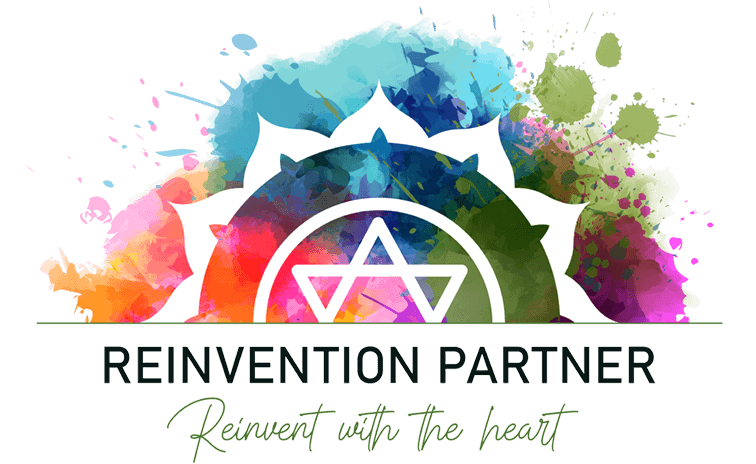In our intricate dance with the world, we are sensory beings, and our experiences are painted with hues of pleasure and pain. However, these sensations often carry more weight than we realize.
A raised voice during a meeting may trigger irritation, stemming not solely from the current situation but a painful memory from the past, like a parent raising their voice when we were little. Conversely, a warm smile from someone can instantly evoke trust and positive feelings.
These responses are a testament to our sensory nature, influenced by past experiences.
If we don’t understand where our reactions are coming from, we are solely a creature at the mercy of our past memories, constantly seeking to avoid pain and gain pleasure.
Yet, as conscious leaders, we have the remarkable opportunity to transcend these automatic reactions, thereby freeing ourselves from the constraints of past experiences and unleashing the full spectrum of our human potential.
The Sensory Journey: Beyond Pleasure and Pain
Let’s embark on a journey through the stages of our sensory encounters – cognition, recognition, sensation, and reaction. This journey will reveal that, despite our sensations initially being bathed in hues of pleasure or pain, the path of transformation lies beyond these familiar sensations.
Act 1: Cognition – The Prelude
In the opening act of our sensory journey, we encounter a multitude of stimuli from our environment – the sound of laughter in the office, the aroma of freshly brewed coffee, or the hum of city life. These are the raw notes of our sensory symphony.
Act 2: Recognition – The Introduction
As the performance unfolds, recognition takes the stage. It’s the moment when we identify and label these sensory inputs – laughter becomes camaraderie, the aroma is comfort, and the city’s hum is the rhythm of life. Recognition brings meaning to the sensory notes.
Act 3: Sensation – The Climax
Sensation enters the spotlight, painting our sensory canvas with emotions. A colleague’s endless chatter during meetings might trigger irritation, while the first sip of that coffee in the morning elicits pleasure. These emotions become the colors that tinge our perception.
Act 4: Reaction – The Grand Finale
The final act is where the magic happens. It’s here that we break free from the customary dance of pleasure and pain. Instead of being puppets to our initial, often involuntary, reactions rooted in irritation or delight, we now have a choice. Our response is no longer dictated by the sensations we first experience.
The Power of Intention
This is where intention comes into play, casting a transformative spell on our reactions. If our intention as leaders is to be compassionate and supportive, our response transcends the initial irritation we might feel when a colleague monopolizes meetings. Instead, we choose a response in alignment with our intention. Curiosity and humor may replace impatience, allowing the dance of interaction to evolve in unforeseen ways.
Mastering the Dance
The dance of pleasure and pain is familiar – it’s the easy route, the automatic response. Yet, the transformational path beckons us to take the lead. It calls us to choose our steps consciously, based on our intentions. As compassionate and supportive leaders, we can change the choreography of our interactions. Our intentions become the choreographer, guiding the steps towards a more harmonious performance.
In the end, it’s not the initial sensations of pleasure or pain that dictate the dance of leadership, but the intentional steps we choose to take.
So, step into the spotlight and lead the way – beyond pleasure and pain, into a world of purposeful and transformative interactions.

